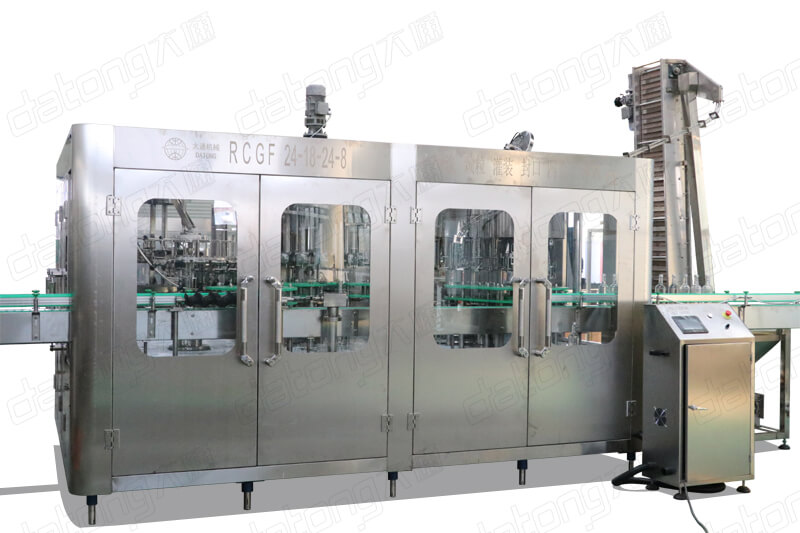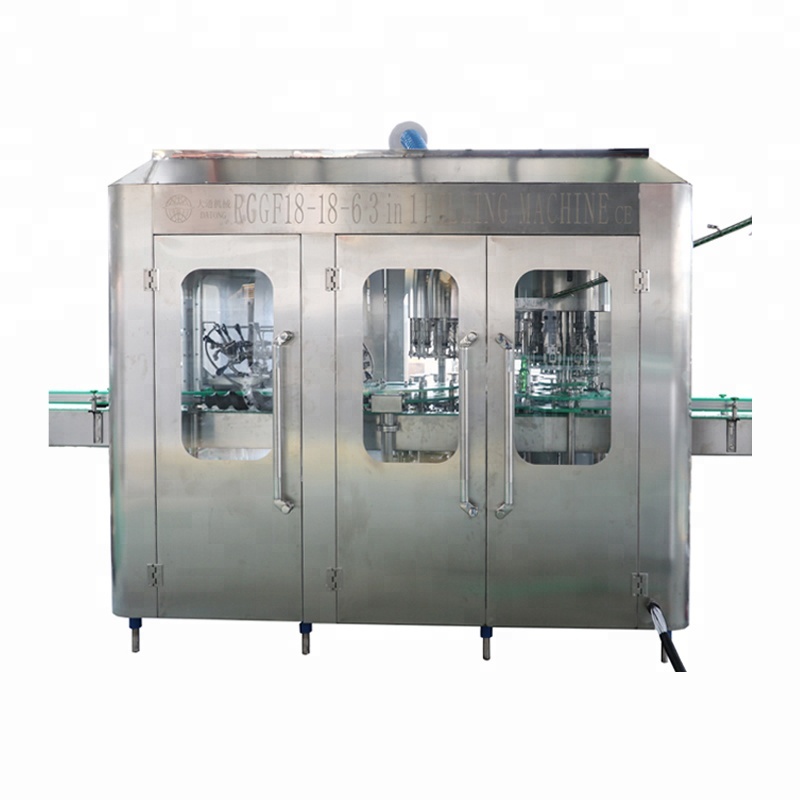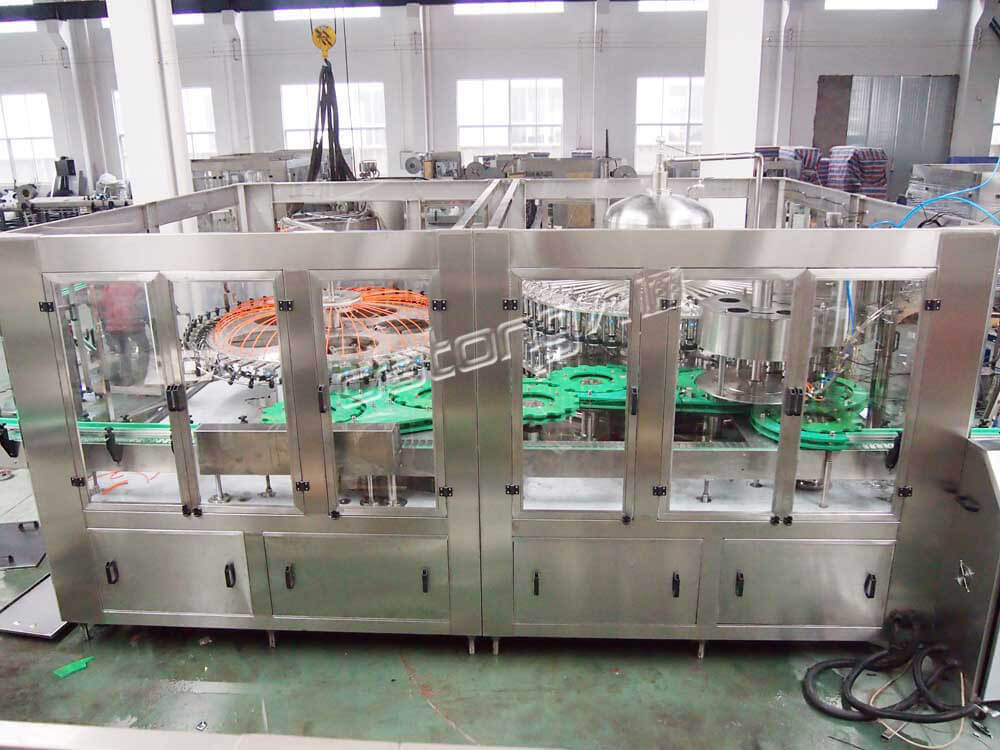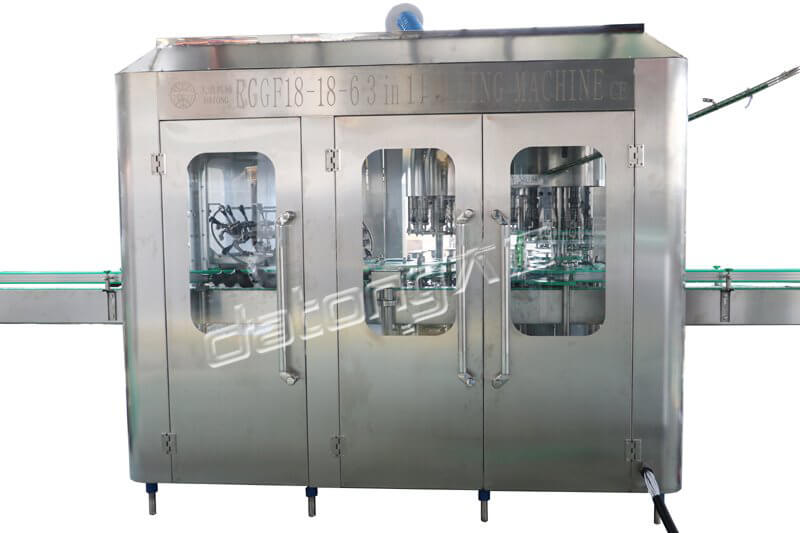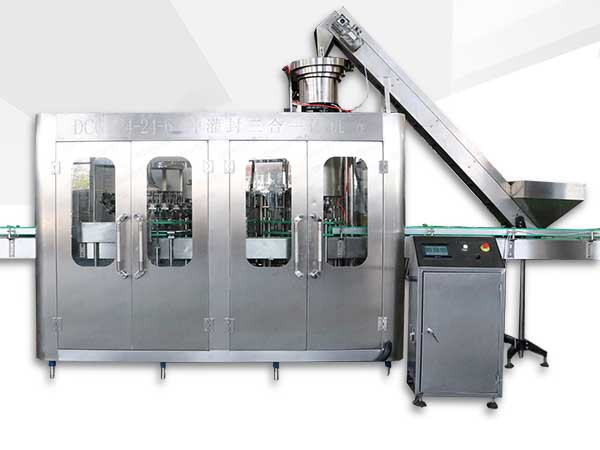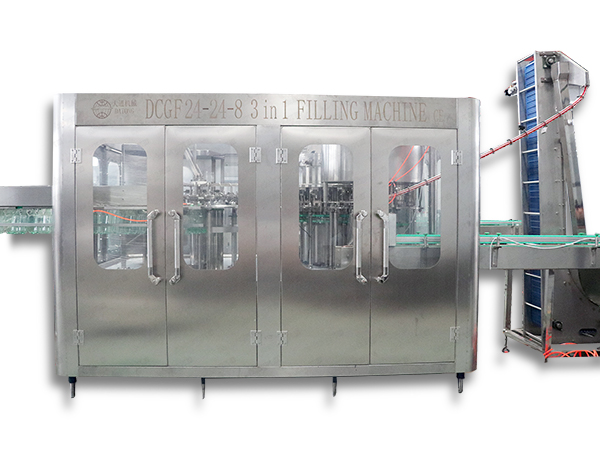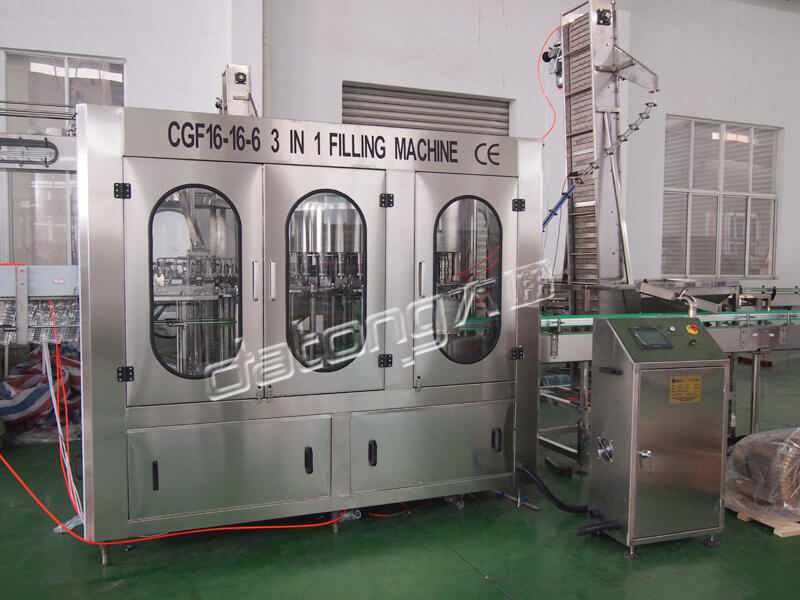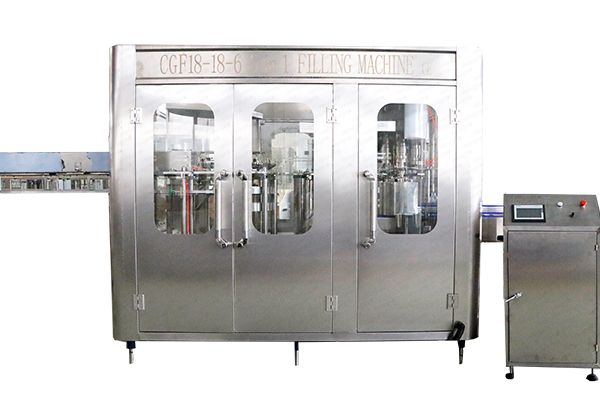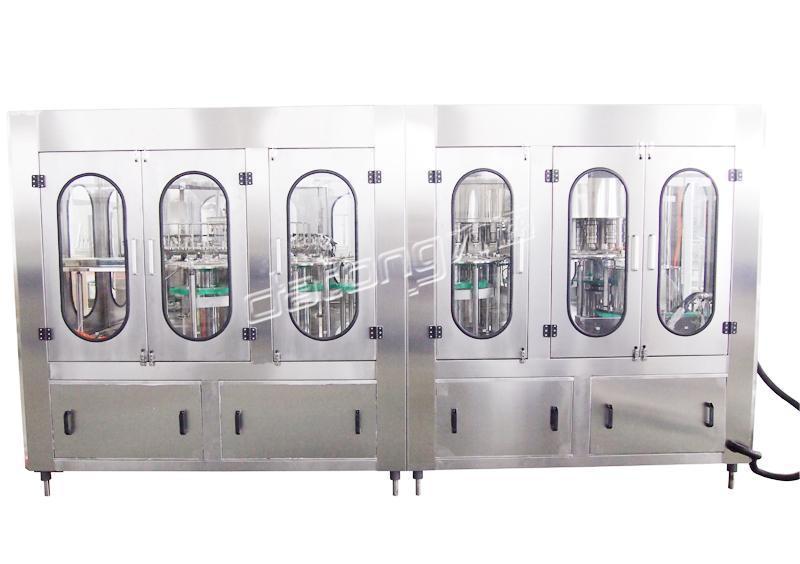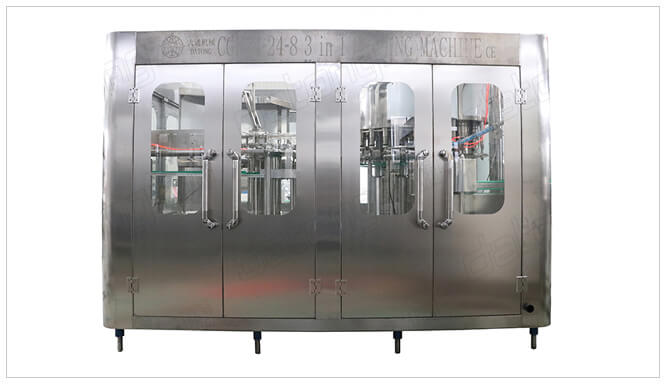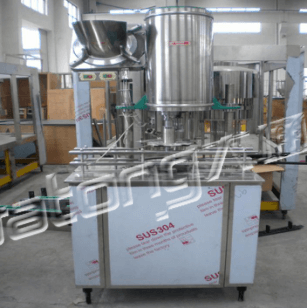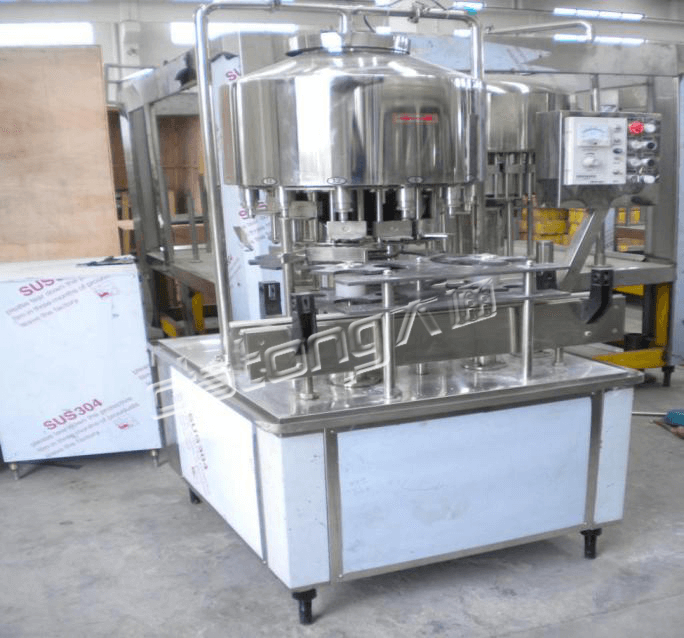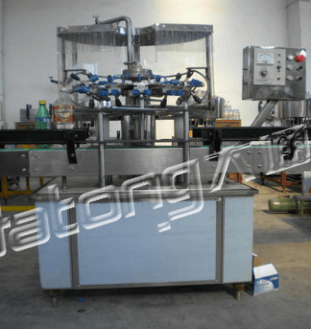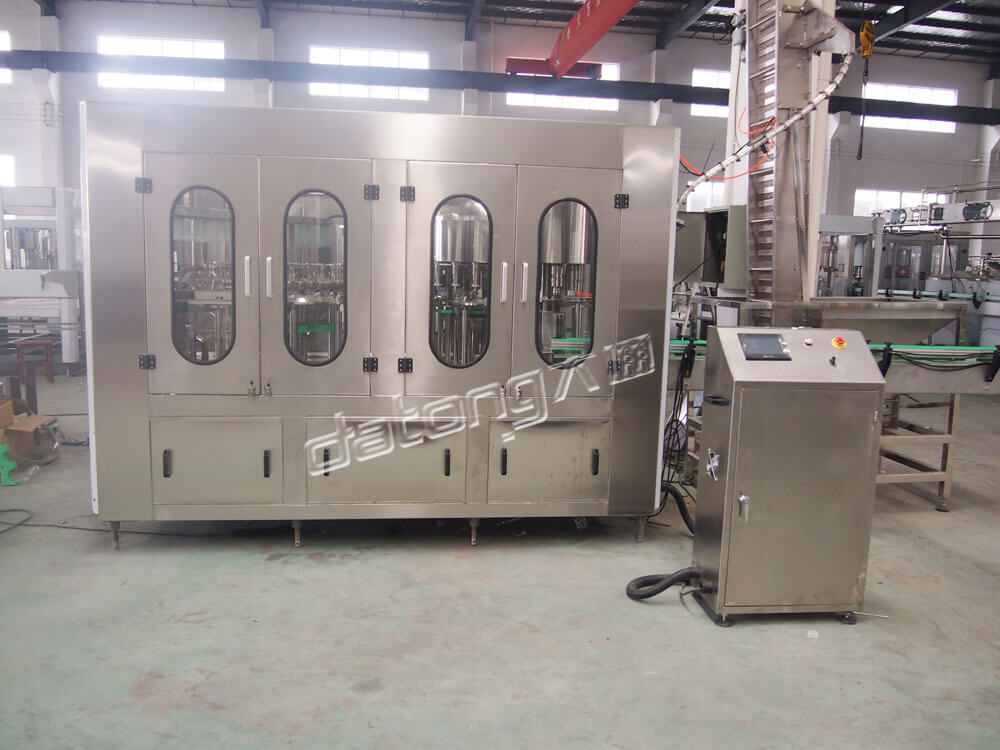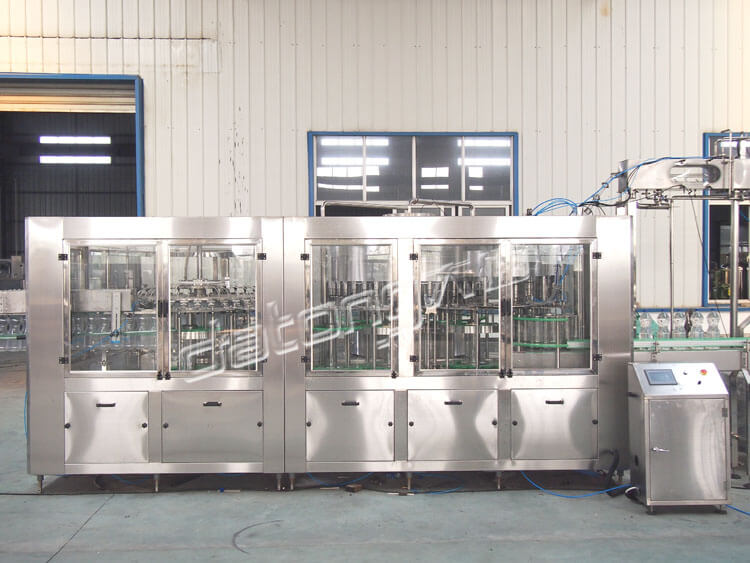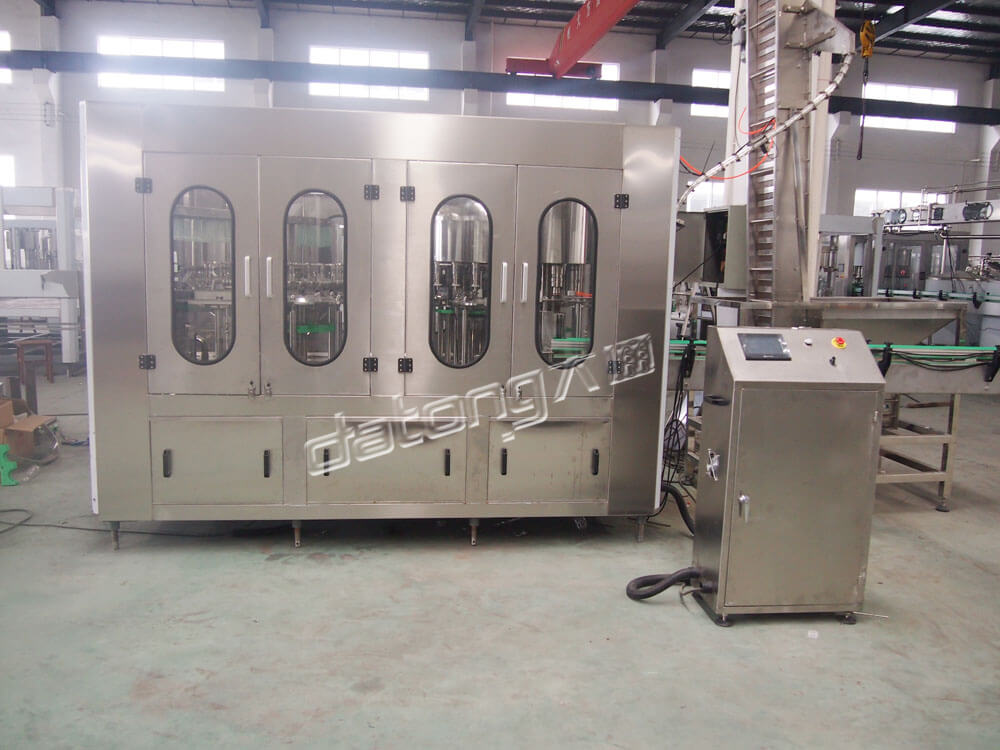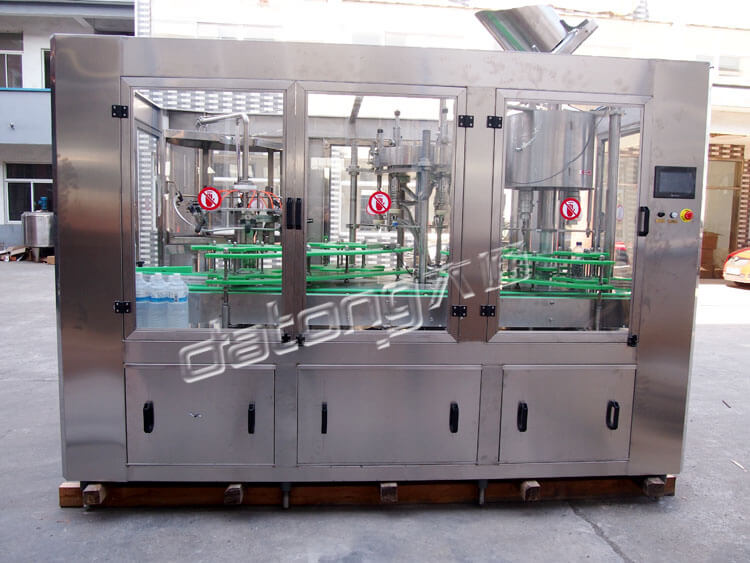The Operations of Water Bottling Plants
Views: 797
Author: Site Editor
Publish Time: 2018-08-15
Origin: Site
Everybody needs to drink water. And water is available in many forms. For example, some countries have potable running water in their taps. Water also comes in big jugs delivered by a truck to a home. But probably the most versatile and popular presentation is bottled water. Bottled water comes in convenient bottles, as little as a couple oz. and as big as 50 or 60 oz. Bottled water lasts longer and is easier to store and drink.
For you to be able to buy bottled water at the supermarket, there is a complex process involved. Water bottling plants take water out of the aquifers, mountains or springs, treat them to purify it and bottle it. This process might sound simple, but is a little more complex than you would think. Companies take a lot of safety measures, to begin with. And the transportation and bottling process are somewhat complex as well. If you want to know the operations of water bottling plants, keep reading:

1. Types of bottled water
The process of bottling water depends on a series of factors. The main factor is the source of the water. Different sources are said to provide different features to the water. Also, some people claim that the flavor changes accordingly to the source of the water. But, the main difference is that different sources require different processes to exploit. Here are some of the most common types of bottled water:
Mineral water: Mineral water often comes from an aquifer or a spring. This type of bottled water is known for its characteristic salty flavor. This flavor derives from several minerals inside the water. Those minerals can be calcium, magnesium, sodium, silica, bicarbonates or potassium, in variable amounts. Mineral water is usually lightly carbonated, which also changes the process. To obtain it, water companies tap into aquifers or collect it from natural water springs.
Spring water: Spring water is collected at natural springs. Natural springs eject water trough a sanitary borehole from an underwater formation. They frequently are tasteless and rich in minerals. Some people, though, claim different springs have different tastes.
Purified drinking water: Purified drinking water is the standard flat water. It goes though a process of purification to remove solids and chlorine. For brands to call their water "purified drinking water" they don't have to name the source. Only if the company obtains the water from untreated public water sources, that must be disclosed in the label.
2. Equipment
Although companies obtain water from natural sources, there are some important considerations for the process.
First and most important: the safety. The FDA and other state or local agencies closely monitor water-bottling companies. The minute the water leaves a natural spring, it is subject to contamination. That contamination can derive from human contact or from the machinery used to transport it to the bottling facilities. Water-bottling companies need to comply with the regulations to sell drinking water –and to offer a clean product. To achieve this, different companies use different equipment. Purifying lines include solid-removals or chemical purification, among others. Depending on the source of the water, companies may use different processes to make the water safe.
Second: the appearance. You probably would be willing to drink water directly from a spring even if it has some particles of grass or dirt in it. The dirt or grass close to springs is completely innocuous and you wouldn't get sick. However, even if the water-bottling companies bottled the water directly at the spring, you probably wouldn't want smelly or other-than-clear water at your local supermarket. To improve the appearance of natural spring water, companies use additional equipment. This equipment aims to make the water colorless, odorless and free of particles. This enhances the consumer's experience and is what water companies depend on to keep their business.
And finally: the branding. Some brands offer special features. These features might include added minerals, artificial carbonation or alkaline treatments. In order to achieve this, companies use dedicated equipment.
3. Summary of the process
As stated above, the process varies a little bit depending on the source of the water. But, for a general summary, here is the usual process carried at a water bottling company:
1. Water is obtained from the chosen source. It is usually transported in tanker trucks to the factory. Some companies build the bottling facilities next to the spring to minimize external factors.
2. The water arrives at the bottling facilities. It goes through several different lines to comply with regulations and achieve the final presentation.
3. Bottles are washed and placed in a filling machine. The filling machine draws the water from tanks and into the clean bottles.
4. Bottles are transported to a capping and labeling station.
5. Finally, the bottles are packed in boxes or wrapped in plastic and delivered to supermarkets and other stores.




